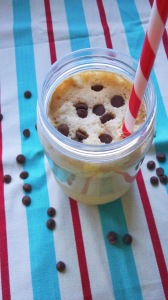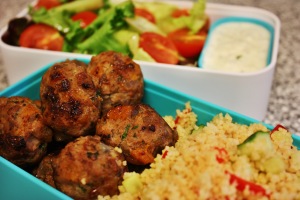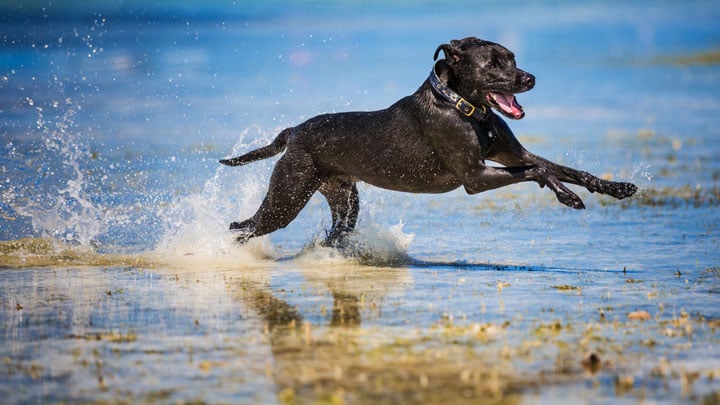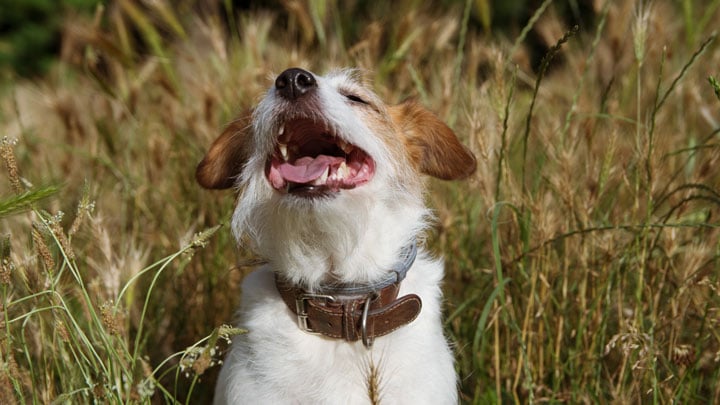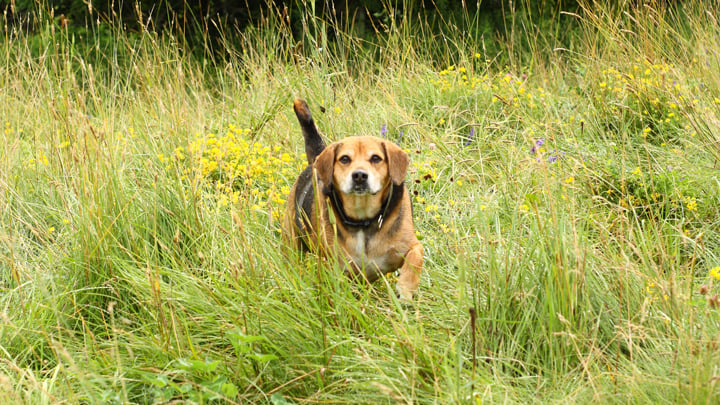In the garden
It’s also worth considering the summer risks when you’re closer to home.
Barbecue Season
The great British barbecue is synonymous with summer, but it’s important to be mindful of the hazards it can create for your dog.
Keep charcoal and gas canisters well out of paw’s reach, and don’t let your dog get too close to the hot barbecue itself; charcoal barbeques can spit unexpectedly.
The abundance of food around – particularly barbecued meat – will be irresistible to most dogs, but don’t be tempted to overfeed them. Cooked and uncooked fat trimmings can cause pancreatitis, whilst bones can splinter and become lodged in your pet’s mouth. Don’t forget that onions are highly toxic to dogs too.
With all this in mind, let your friends and family know not to feed their leftovers to the dog, no matter how much they plead. Instead, have a few healthy dog treats nearby to distract them.
Gardening
Keen gardeners will take advantage of warmer weather, but if you’re tackling some of the bigger jobs, such as mowing the lawn or trimming hedges, it’s a good idea to keep your dog inside.
While many dogs will be scared of the loud noise, others may decide to investigate and have a sniff around dangerous garden tools and end up with cut noses or paws.
Pesticides, fertilisers, weed killer and slug pellets can also be highly toxic, so it’s essential to keep your dog from exploring areas of the garden where these have been used. If you have a compost heap, it will be full of bacteria, you should think about a way to ensure that your dog doesn’t start digging around in it.
Lungworm
Lungworm is a type of parasitic worm that can infect dogs. It is found in slugs and snails and the trails that they leave. It can be fatal for dogs, but you can protect your dog by ensuring that this is covered in their regular parasite care. Read the full article by clicking the button below.

